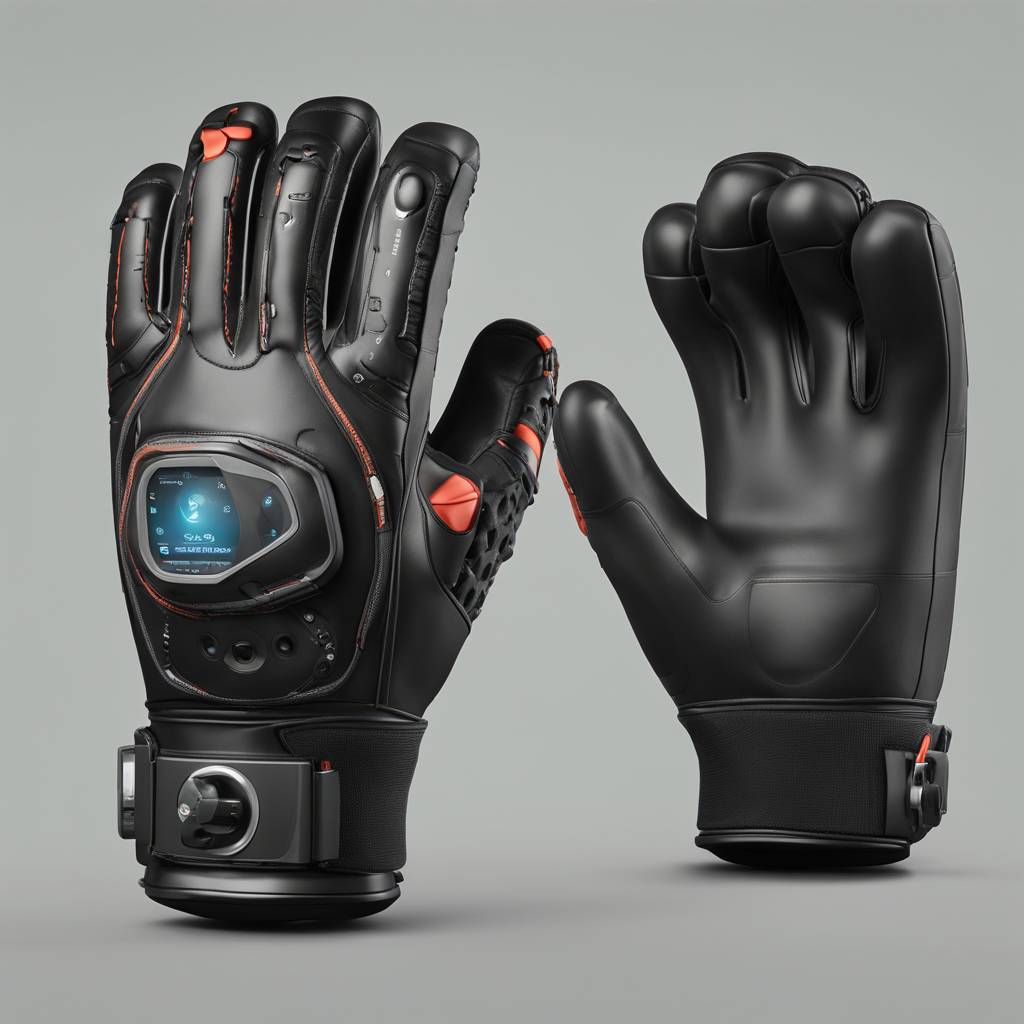Researchers have developed a waterproof “e-glove” that wirelessly transmits hand gestures made underwater to a computer, which then translates them into messages. This technology could help scuba divers communicate better with each other and with boat crews on the surface. E-gloves, which are gloves fitted with electronic sensors that translate hand motions into information, are already in development for various applications, such as interacting with virtual reality environments or helping stroke patients regain fine motor skills. However, creating waterproof sensors for underwater use that are also flexible and comfortable to wear poses a challenge.
The team of researchers fabricated waterproof sensors based on flexible microscopic pillars inspired by the tube-like feet of a starfish. These sensors were created by laser writing an array of micropillars on a thin film of polydimethylsiloxane (PDMS), a waterproof plastic commonly used in contact lenses. After coating the PDMS array with a conductive silver layer, the researchers sandwiched two of the films together to create a waterproof sensor. The sensor, roughly the size of a USB-C port, is responsive when flexed and can detect a range of pressures comparable to the impact of water streaming from a garden hose.
For their demonstration, a participant wearing the e-glove made 16 hand gestures, including “OK” and “Exit,” which were recorded and translated into electronic signals by the sensors. The researchers then used a machine learning technique to create a computer program that could translate these gestures into messages. The program was tested and found to translate hand gestures made on land and underwater with 99.8% accuracy. In the future, this technology could help scuba divers communicate with visual hand signals even when visibility is poor underwater.
The development of this waterproof e-glove was made possible through funding from various sources, including the Shiyanjia Lab, National Key Research and Development Program, Taishan Scholar Program of Shandong Province in China, and other research and development programs in Shandong Province, China. The team of researchers involved in this project acknowledges the support they received from these organizations. By successfully creating a waterproof e-glove capable of transmitting hand gestures underwater and translating them into messages, the researchers have made a significant advancement in communication technology for scuba divers and other underwater activities.
Overall, this new technology has the potential to improve communication among scuba divers and with boat crews on the surface, as well as in various other applications. The waterproof e-glove, with its flexible and sensitive sensors, could revolutionize underwater communication and enable divers to convey messages and signals more effectively. With further development and refinement, this technology could have a wide range of uses in various industries and fields where hand gestures are an important means of communication.













